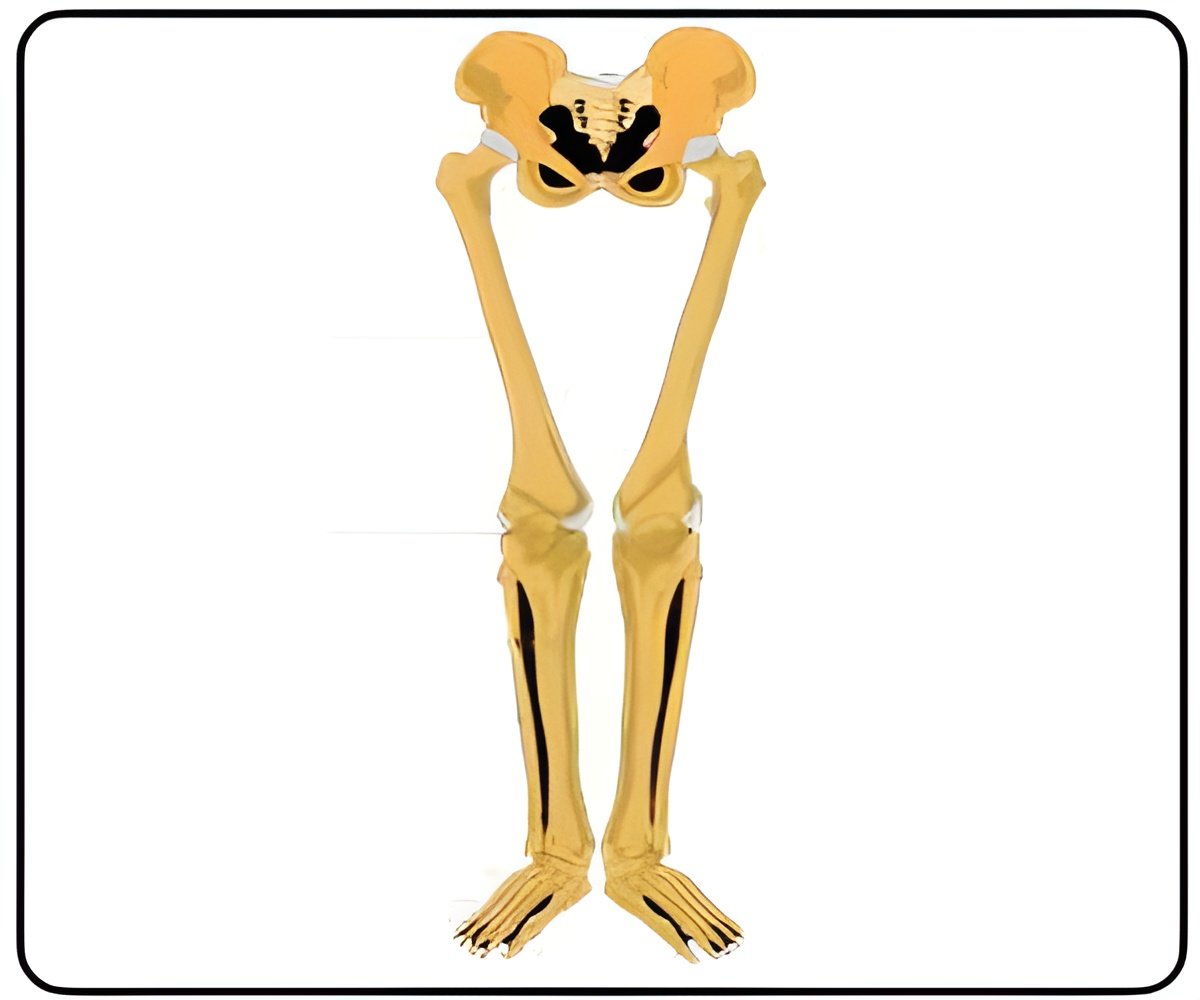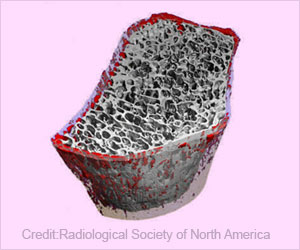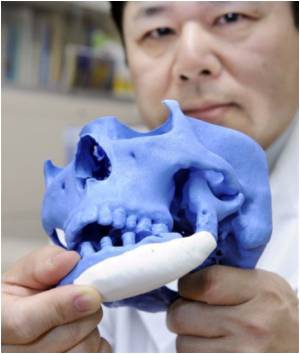Lower limb weakness may contribute to limitations in mobility in people with OI Type IV despite multidisciplinary treatment.

‘The characteristic features of osteogenesis imperfecta vary greatly from person to person, even among people with the same type of OI, and even within the same family.’





To date, muscle function, and in particular that of the lower extremity, in OI type IV has not been investigated systematically. A new study in the journal ’Calcified Tissue international’ has now assessed upper and lower extremity muscle function in 27 children and adolescents aged 7-21 years with OI type IV, compared with age-and sex-matched controls. The researchers found that the patients, all with a clinical diagnosis of OI type IV and known mutations in the COLIA1 and COLIA2 genes, had: Approximately 30% lower-limb peak force and 50% peak power deficits compared to healthy age- and sex-matched controls.
At the lower limb level, a 50% lower peak power than age- and sex- matched patients with OI type 1 (the type of OI with the mildest form of bone fragility).
Normal upper-limb muscle force, but a muscle function deficit at the lower-limb level.
Among the potential determinants of lower-limb muscle function in OI type IV, only fracture history emerged as a significant negative predictor. The number of fractures is likely to explain periods of inactivity which contributes to lower muscle function. Muscle function may also be impaired by a direct effect of collagen type 1 mutations on tendons, ligaments and intramuscular connective tissue, although more studies are needed to clarify this aspect.
Advertisement
Source-Eurekalert










